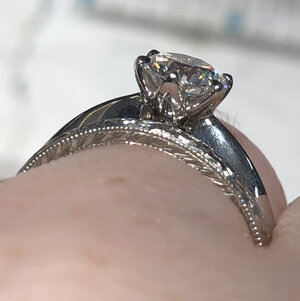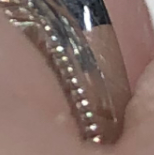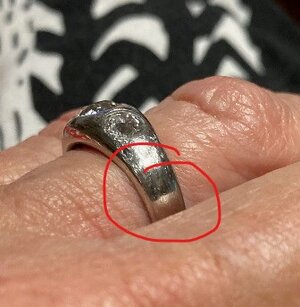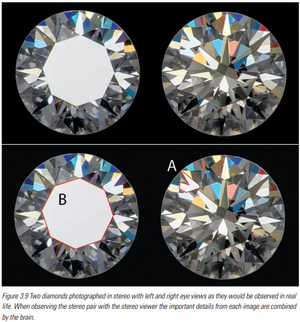CalliopeCladdagh
Shiny_Rock
- Joined
- Nov 26, 2018
- Messages
- 332
Does anyone know?
I would ask him myself but I've been sending him so many emails I honestly don't want to be any more annoying than I suspect I already am...
Also - is there a colour difference between the various platinum alloys? I have a wedding band that is stamped PLAT and when I try on modern platinum rings in my local jewellery stores they always seem more grey and mine seems almost more creamy?
I would ask him myself but I've been sending him so many emails I honestly don't want to be any more annoying than I suspect I already am...
Also - is there a colour difference between the various platinum alloys? I have a wedding band that is stamped PLAT and when I try on modern platinum rings in my local jewellery stores they always seem more grey and mine seems almost more creamy?







300x240.png)